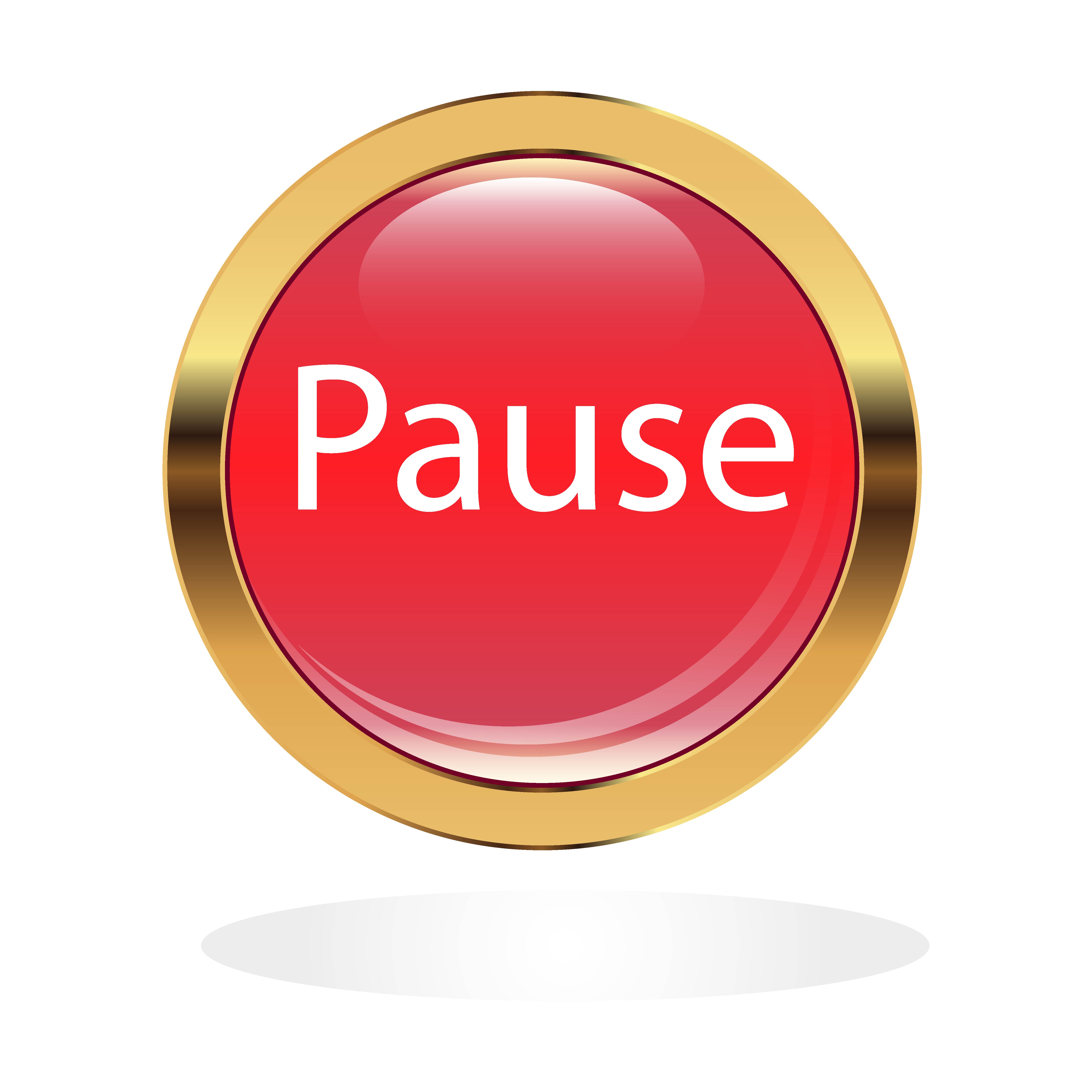React and respond are two words often used interchangeably, but they have distinct meanings and implications in various contexts.
Understanding the difference between react and respond is crucial for effective communication and decision-making.
Below are the key differentiators between these terms, along with five tips to enhance your ability to react and respond appropriately.
Reacting
Reacting is an instinctive, automatic, and often emotional response to a stimulus. It is a spontaneous reaction that occurs without much conscious thought or deliberation.
When you react, you may act impulsively and without fully considering the consequences of your actions.
Reacting can be triggered by external events or internal emotions and can happen without much control or intention.
Responding
Responding, on the other hand, involves a more thoughtful and deliberate approach. When you respond, you take the time to assess the situation, consider various factors, and then choose the most appropriate course of action.
Responding is a conscious and proactive decision to act in a manner that aligns with your goals, values, and the context at hand.
It requires self-awareness, empathy, and a willingness to listen and understand before taking action.
Tips for Reacting and Responding Effectively:
1. Pause and Reflect
Instead of reacting immediately, take a moment to pause and reflect upon the situation. Assess your emotions, thoughts, and the possible consequences of your actions. This brief pause allows you to regain control and respond in a more measured and thoughtful way.
2. Show Empathy
When responding to others, try to put yourself in their shoes and understand their perspective. Empathy helps you develop a deeper understanding of the situation, enabling you to respond with compassion, respect, and consideration for their feelings and needs.
3. Listening Actively
To respond effectively, actively listen to others without interruption. Pay attention to both verbal and non-verbal cues, allowing you to gather more information and fully comprehend the message being conveyed. This allows you to respond appropriately and demonstrate that you value the speaker’s input.
4. Consider Multiple Perspectives
When faced with a situation, actively consider multiple perspectives before coming up with your response. Appreciate that there may be various viewpoints and take them into account to help you make more informed and fair decisions. This enables open, more trusting dialogue, collaboration, and problem-solving.
5. Flexibility and Adaptability
By adapting your response based on new information or changing circumstances, you endear yourself to those around you. Being flexible allows you to adjust your course of action when necessary, and respond in the best way to unexpected challenges. Embracing change enhances your ability to navigate complex situations and maintain a constructive and also appealing approach.
6. Ask Questions – Be Curious
You build stronger relationships, help their processing – and build their confidence – as well as enhancing your own empathetic presence. And it gives you time back to consider your proposal, rather than knee-jerk, which might not be in your – or their interest.
In Summary
Reacting is a very natural, automatic and often emotional response, while responding involves thoughtful consideration and conscious decision-making.
By pausing and reflecting, practicing empathy, actively listening, considering multiple perspectives, being flexible, and above all, simply curious, you can improve your ability to respond effectively in various situations.
Developing this skill set enables you to navigate conflicts, build strong relationships, and make informed decisions that align with your values and goals.

